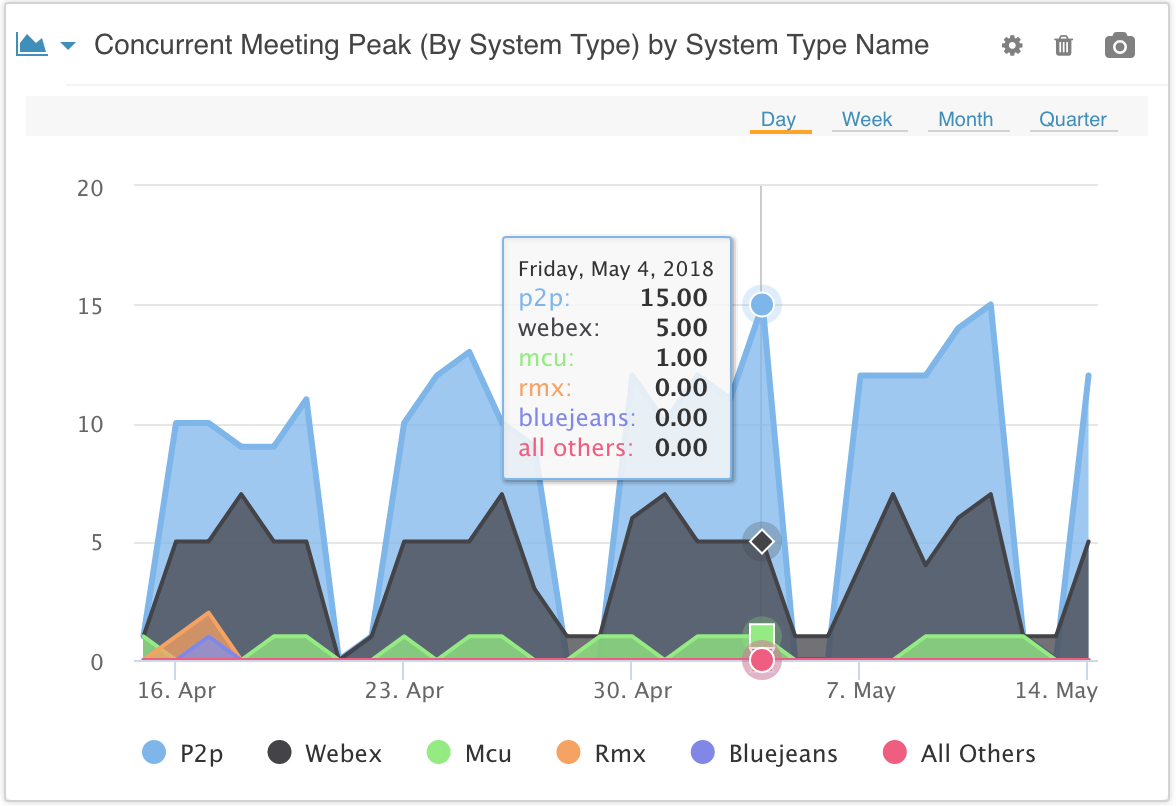The before-and-after effects of the move to remote work over the past year have been stark. And there’s probably no going back to the way things used to be, back when video conferencing was an occasional “nice to have” option and most employees didn’t give a thought to the difficulties of creating a multivendor collaboration environment.
In the months since the onset of the Covid-19 pandemic remote workers have become incredibly familiar with the differences between a Cisco meeting versus one on Zoom, Google or any other entrant into the marketplace. And in that time they’ve picked their favorites, along with knowing which collaboration tools are their top choice. So it’s official now: we’re firmly in the age of multivendor collaboration and unified communications as a service.
That change means that multivendor collaboration environments for unified communications are becoming the norm, with UC and IT teams having to balance the demands of an assortment of tools to make sure call quality and adoption meet the desired metrics.
During a recent webinar with Vyopta leaders in the UC sector shared their thoughts and some tips about how organizations can migrate to a multivendor UCaaS situation properly, and how Vyopta provides the data and analytics to best manage that changeover.
“One of the challenges we’ve collectively observed in the market that’s especially been compounded in the last nine months is a rapid migration to multiple vendors from a UC as a service perspective,” said Bryan Osoro, vice president of sales for EOS IT Solutions. “When you start introducing multiple vendors it introduces complexity and introduces interoperability challenges.”
With Microsoft Teams making major inroads into the collaboration sphere because of existing licensing agreements with many companies, UC teams have to first solve for how to make all their other tools work properly around Teams.
James Milligan, a collaboration architect for EOS IT Solutions, said that moving to a multivendor collaboration scenario means balancing three inerests:
- the organizational experience, meaning the way UC and collaboration tools perform as a whole)
- the administrative experience, or what managing a multivendor environment means for those responsible for its upkeep and maintenance
- the end user experience, which is how tools are working for individual users looking to do their job effectively
Milligan said the demands from those three areas make it necessary to utilize the insights that Vyopta provides across all tools and platforms.
“A successful administrative experience ensures business continuity from day one, but because the admin is now supporting multiple SaaS applications in a mixed UC environment, this provides opportunities for confusion,” he said.
“Because Vyopta is vendor agnostic and supports lots of different vendors like Cisco, Microsoft Teams, Zoom, Pexip and so on, in today’s mixed UC. environment Vyopta can provide our customers with a holistic view of their collaborative state. It also provides UC admins with rich analytics to help diagnose and resolve any issues within the customer’s enterprise.”
Many important questions around multivendor collaboration
Recent surveys show that the move to UCaaS to meet the demands of remote work has been a big one. Among enterprises, 80 percent chose a UCaaS solution, with two-thirds of them going the multivendor route.
Jai Lakshmisundaram, a senior product manager for Vyopta, said multivendor UCaaS introduces many questions for UC teams to answer and keep on top of, including if users are utilizing the right tools and equipment, how call quality is impacting productivity, and if specific departments are misusing a technology due to poor user education.
While tools such as Microsoft Teams have basic data on quality and usage, Lakshmisundaram said the move to multivendor UCaaS environments makes it important for companies to have the ability to look at data across their tools set quickly. Those that do, he said, report a nearly 28 percent cost savings on operations and administration costs, both through improved productivity because far less time is spent tracking down the causes of poor call quality.
“You need data to show you and understand and transform collaboration adoption across all of your workers,” he said.
“Monitoring is all about troubleshooting issues, identifying and differentiating isolated issues versus systemic issues that could be impacting a bunch of people, and helping improve the user experience and adoption through the analytics platform. It is also about understanding who is using and who was not using tools so that you can actually optimize your usage.”
Osoro said that the expectations of employees working remotely for months have been heightened, to the degree that they expect perfect functionality and “one button” activations to join a meeting quickly. To do that, he said, takes dedicated monitoring of factors such as home Internet connection issues or incompatible headsets that can cause quality problems and lead to frustration for the user.
“The experience you’re looking to deliver for your employees is the focus on simplicity. Employees to go into a room and have a single one button to join regardless of meeting platform they join into,” he said. “Are you comfortable with the fact that they may have a different experience, depending on what meeting they dial into, what endpoint they’re using or what how a device is registered?
“Through tools like Vyopta there’s the visibility that they give across those vendors, so that when you do deploy multiple vendors you still can have a common management and analytics platform to troubleshoot video calls or voice calls.”
Want to see how Vyopta can help your team with the migration to a multivendor collaboration environment?
Chad Swiatecki is a business writer and journalist whose work has appeared in Rolling Stone, Billboard, New York Daily News, Austin Business Journal, Austin American-Statesman and many other print and online publications. He lives in Austin, Texas and is a graduate of Michigan State University. Find him online on LinkedIn.








